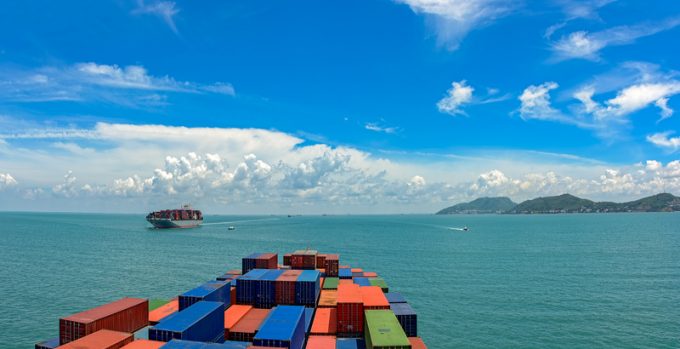With billions to burn, shipping lines fear nothing in H2 25
‘In the name of share’

As key agricultural industries feel the effect of the spike in freight rates and lack of empty containers, Vietnam is the latest country to question the prices charged by shipping lines.
According to local media, the Vietnam Maritime Administration (VMA) has set up a working group ...

Comment on this article